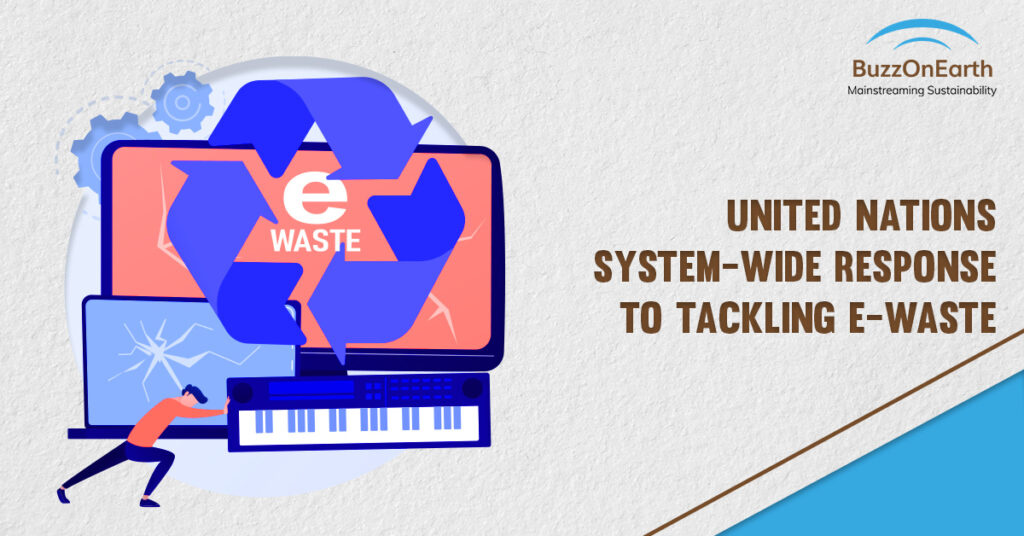
A new report emphasises the significance of collaboration and coordination among United Nations institutions in addressing the global problem of electronic trash, or e-waste, in a long-term manner.
The study, United Nations System-wide Response to Tackling E-waste, highlights the work of members of the United Nations Environment Management Group who have already completed many successful e-waste operations. However, it also identifies areas that need to be improved or where efforts are missing. The report is the product of the Environment Management Group’s Tackling E-waste Issue Management Group’s efforts, which have the following goals:
- To improve the coordination and promotion of joint UN system programmatic and policy initiatives in the area of e-waste prevention and environmentally sound management; and
- To improve the quality of existing programmes, processes, and projects, such as developing eco-design and life-cycle approaches for electrical and electronic equipment.
The study compiles responses to a desk-based mapping exercise of historical, current, and future e-waste programmes, using data from various United Nations and related organisations’ websites and reports. In addition, a survey was sent out to Issue Management Group members to gauge their perspectives on future collaboration opportunities and the difficulties and opportunities presented by the global e-waste problem.
Key findings of the United Nations report
- E-waste management involves many UN and related entities at various phases, including recycling and other environmentally sound management, transboundary movement, and the creation and regulation of information and communication technology. Yet, there seems to be a lack of emphasis on reducing e-waste and inadequate standards in electrical and electronic equipment design and manufacturing. In conclusion, the end of the life-cycle receives more attention than the earlier stages, including raw material acquisition, design and manufacture, and consumer use.
- Most United Nations e-waste programmes are concentrated in Africa and Asia, with little action in Europe and even less in North America, Australia, and New Zealand. In recent years, the Latin American and Caribbean regions have gotten increased attention. The curative nature of many existing approaches to e-waste treatment in these locations, such as open burning and acid baths, has attracted more attention in Africa and Asia. Furthermore, these two regions have long been a hub for legally and illegally imported near-end-of-life and end-of-life equipment. In conclusion, there is a greater emphasis on the regions where e-waste is disposed of rather than the sophisticated economies where it is created, produced, and consumed in large quantities.
- More business engagement is required to address business responsibility in designing, manufacturing, and marketing electrical and electronic equipment. For example, UN-public-sector collaboration accounts for 49% of e-waste efforts, whereas UN-private-sector collaboration accounts for 36% of the total.
The way forward
The Issue Management Group on Tackling E-waste will focus on the following areas of action in the future as a result of the report’s recommendations:
- Beyond the report’s mapping of e-waste efforts and projects, there is an emphasis on a more profound study at the programmatic level of United Nations institutions’ mandates and actions relating to electrical and electronic equipment.
- To strengthen and stay consistent with the collective data, information, and training resources accessible across the UN relevant to e-waste, a focus on upgrading current websites and online knowledge-sharing platforms.
- Within the United Nations system, there will be an emphasis on internal corporate e-waste management, with a special focus on information and communication technology procurement. In contrast, existing procurement norms will be revised.

